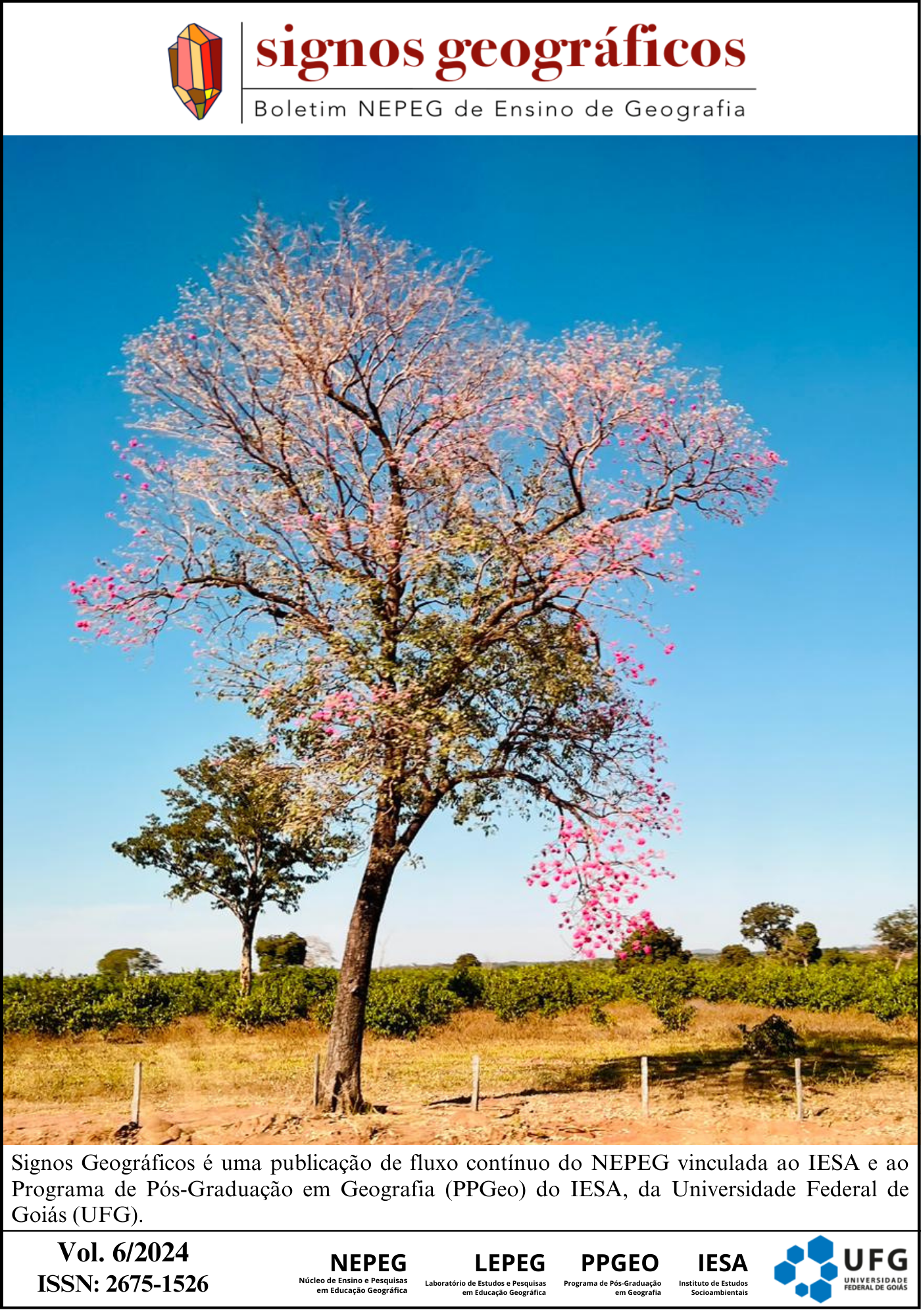ANALYSIS OF SPATIAL PRACTICES AT TOURIST ATTRACTIONS IN JAGUARIAÍVA – PARANÁ: IMPLICATIONS FOR GEOGRAPH TEACHING
DOI:
https://doi.org/10.5216/signos.v6.79726Keywords:
spatial practices, teaching, geography, tourismAbstract
The present study aims to present the partial results of the project entitled “The tourist attractions of the municipality of Jaguariaíva and the teaching of geography: problematization through spatial practices”. In this manuscript, we discuss the results of the investigation of a place of tourist interest: the Casa da Cultura. The central purpose of the project is to problematize the tourist attractions in the municipality of Jaguariaíva, Brazil, through the analysis of everyday spatial practices carried out in these places in multiple times and spaces. Subsequently, we propose ways to correlate the geography content identified from the analysis of practices. The research methodology adopted is qualitative, based on the evidentiary paradigm and Ginzburg's micro-history (1989). To carry out the analyses, documents such as listing processes, photographs and interviews were examined. In the context of geographic education, we problematize the themes identified during the analysis and insert them into the “didactic path” discussed by Cavalcanti (2019). The results point to a relationship between the micro and the macro in school geographic content and to a wide range of possibilities for inserting practices observed in the classroom. Thus, the contributions of this study can help Geography teachers in Jaguariaíva and the region in their classes, contributing to greater teaching autonomy with regard to the construction of knowledge and more meaningful learning for primary school students.
Downloads
Published
How to Cite
Issue
Section
License
Copyright (c) 2024 Revista Signos Geográficos

This work is licensed under a Creative Commons Attribution 4.0 International License.








